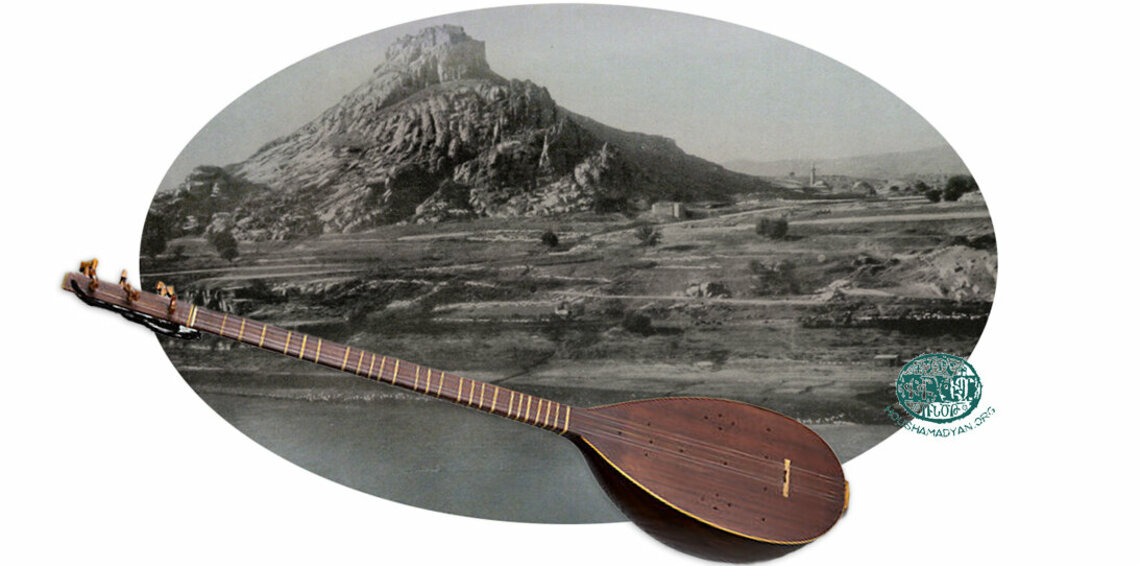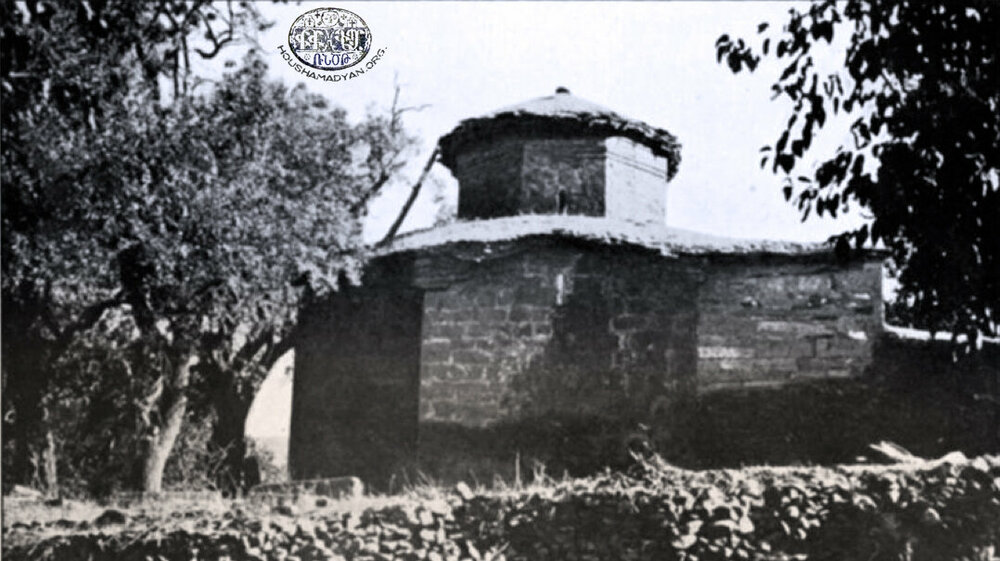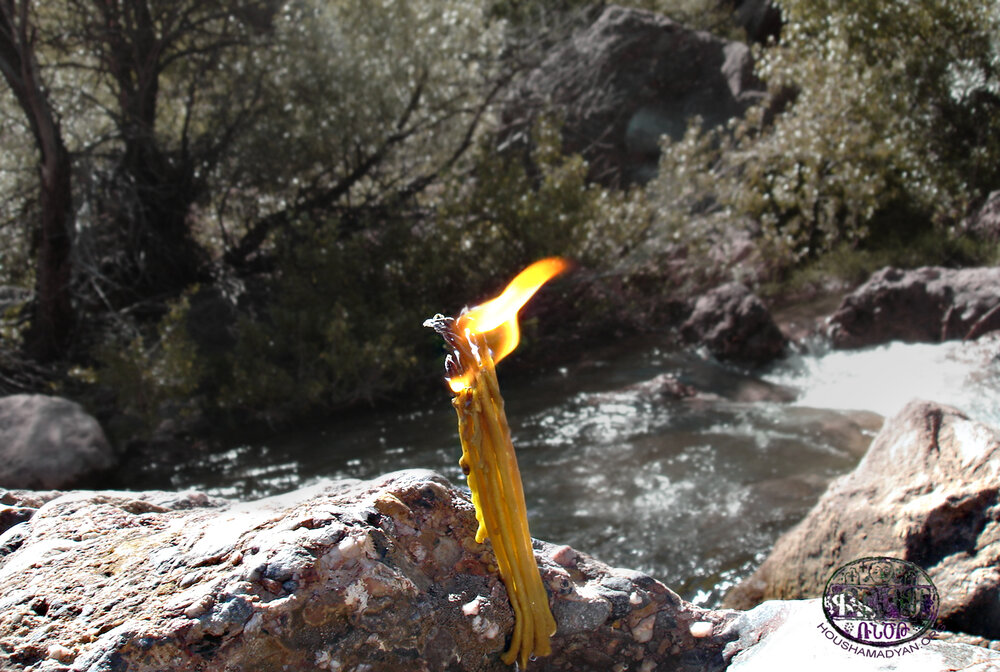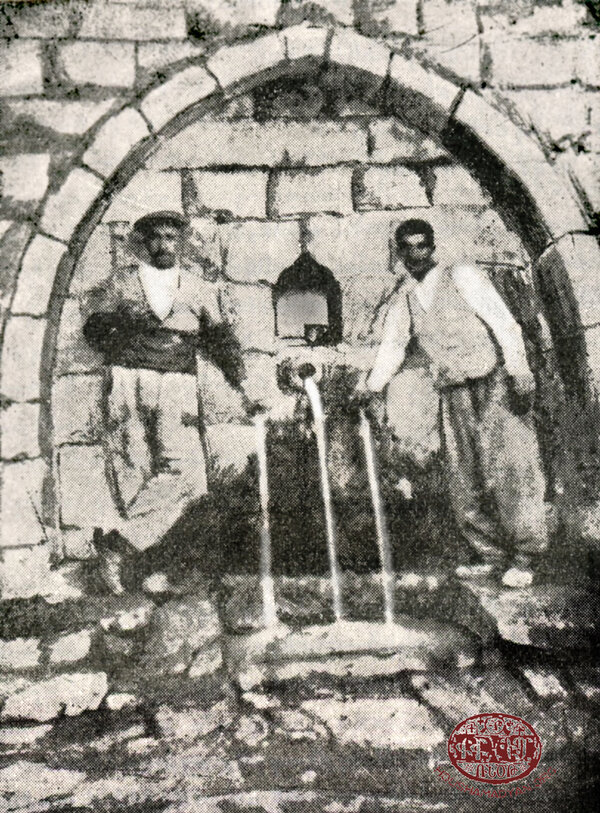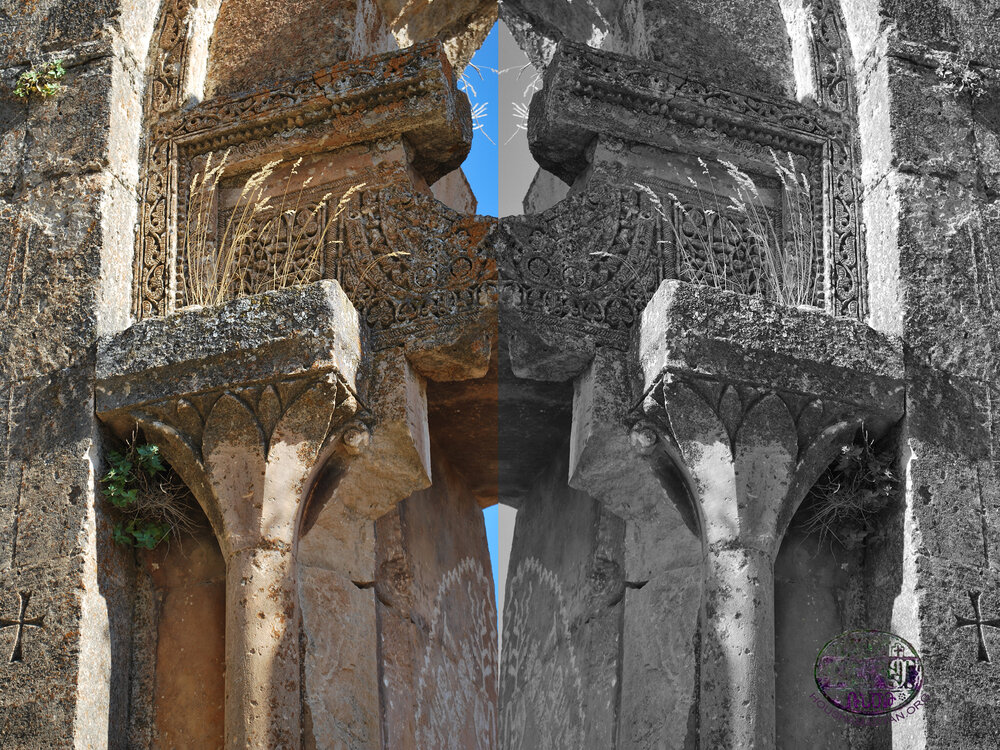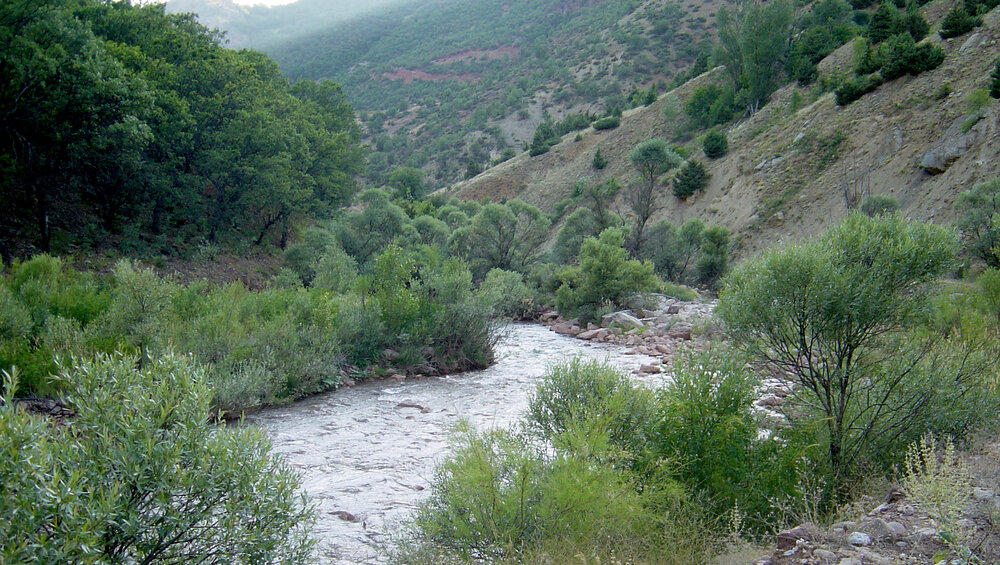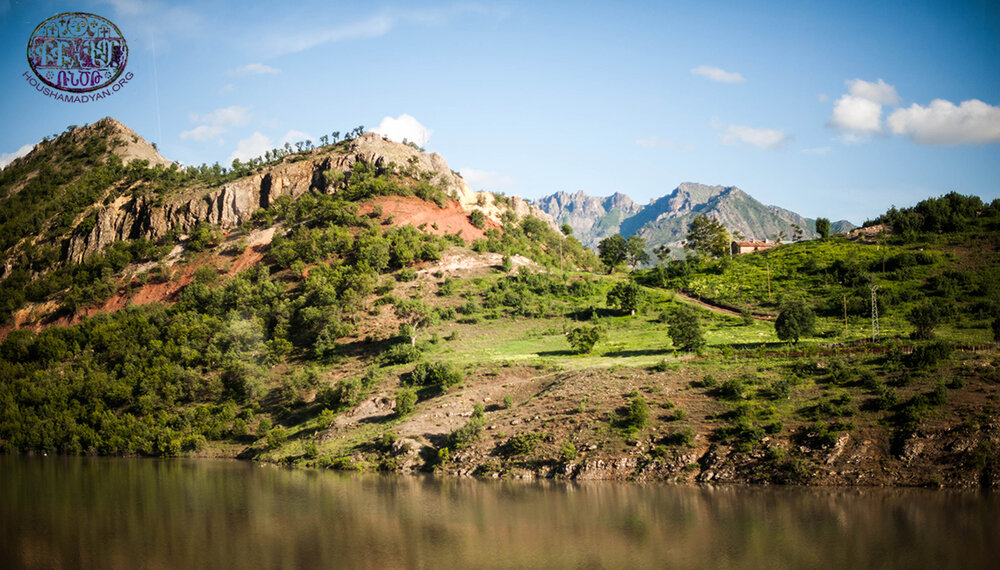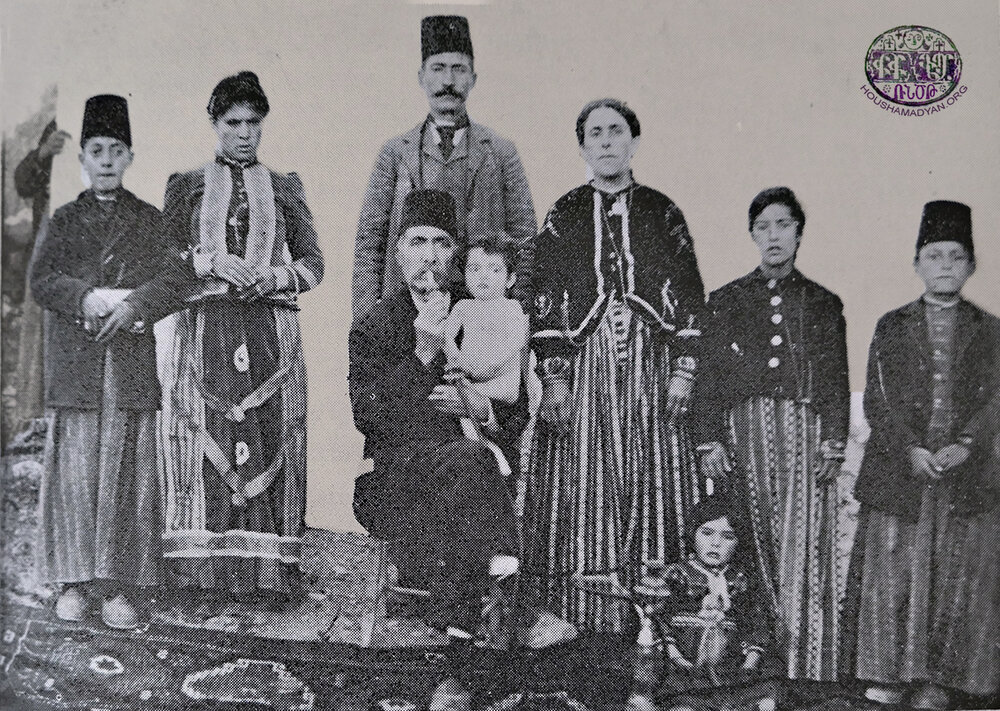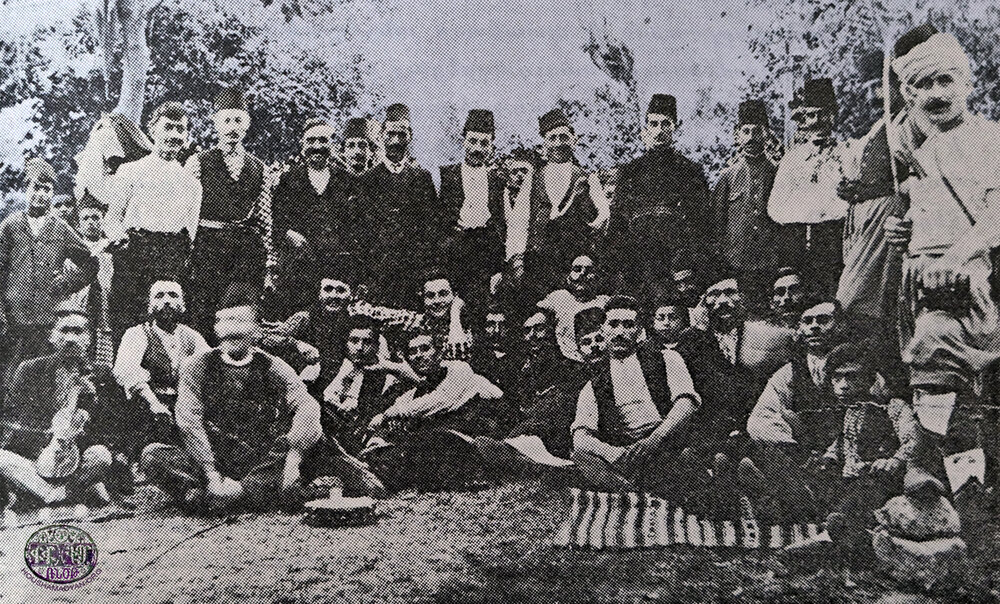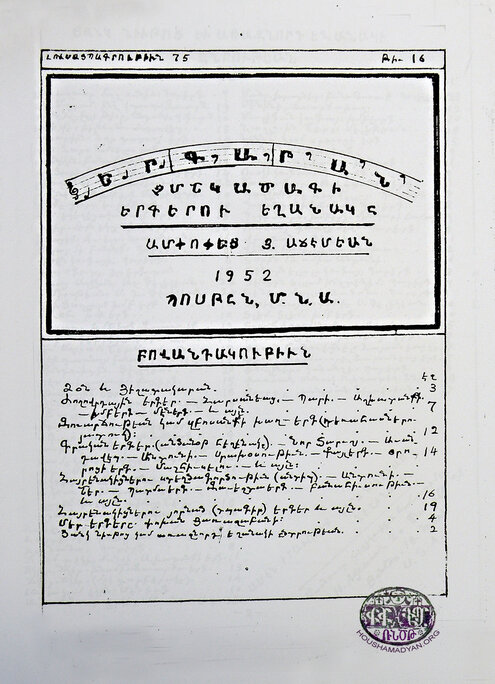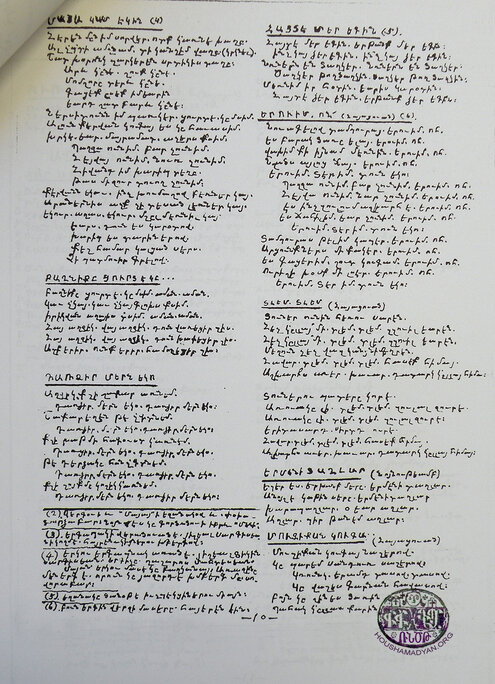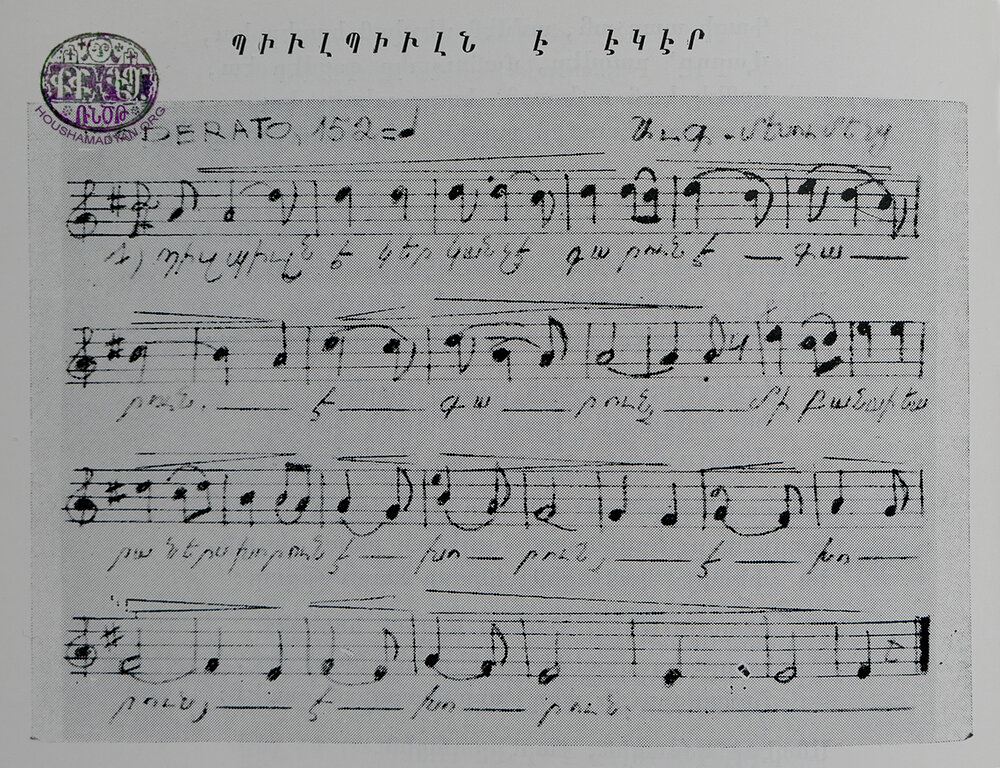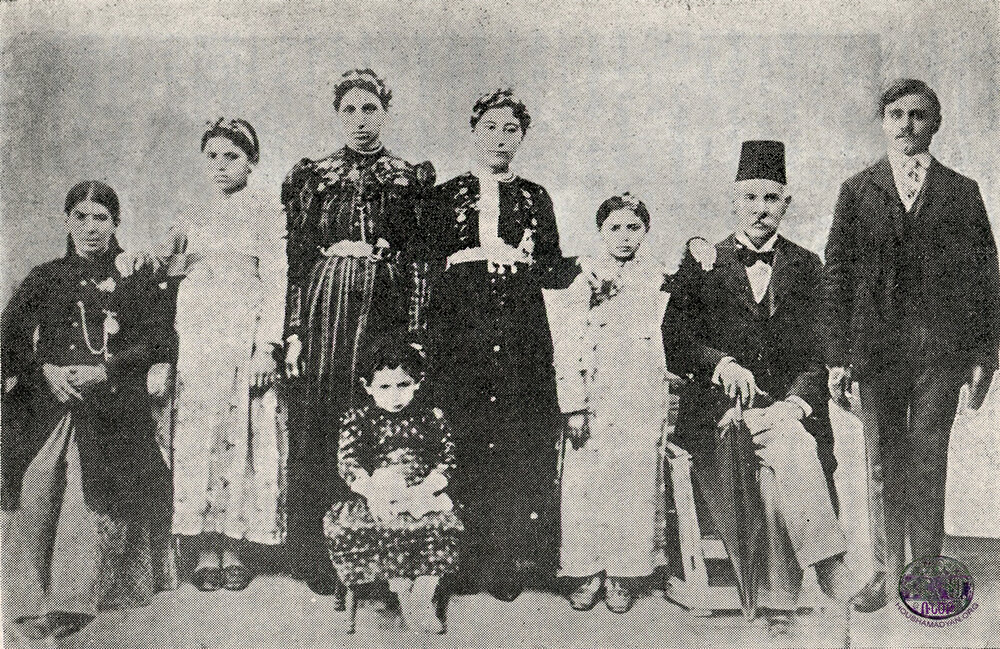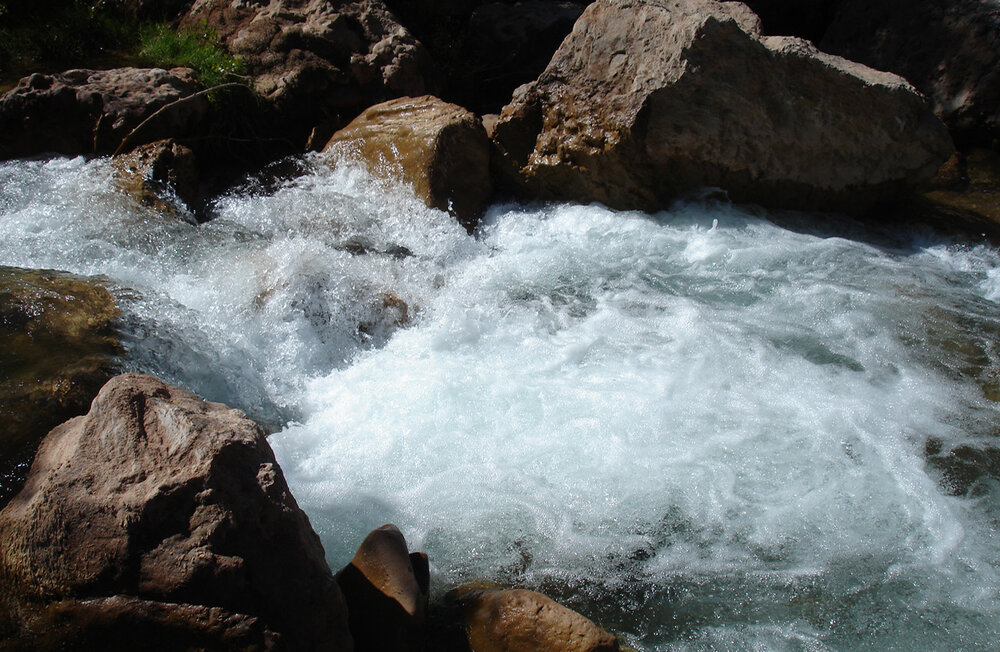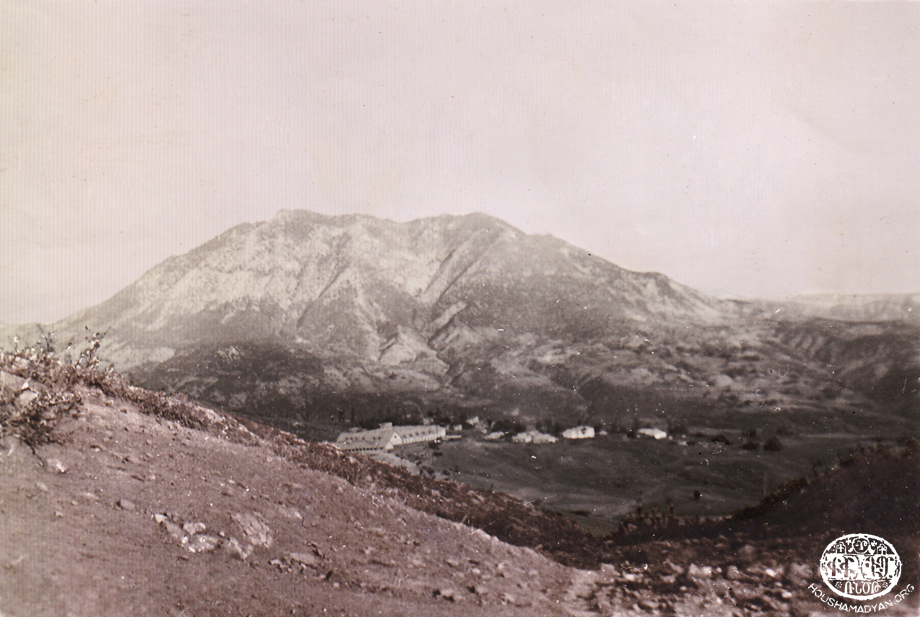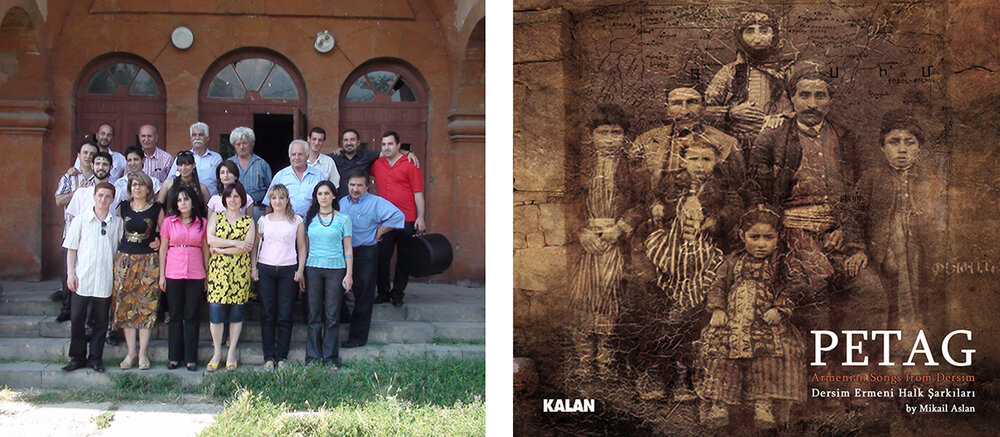Songs – Mikail Aslan | Dersim

In 2010, Mikail Aslan released an album entitled Petag. Armenian Songs from Dersim. In the album, the artist expounded on the origins of his musical and creative interests. First and foremost, he spoke of the many traces of the once-thriving Armenian community that could still be found in and around Dersim – ruins of churches, tombstones, and villages whose names were of Armenian origin. All of this was part of Mikail Aslan’s daily life from a young age and influenced the environment in which he grew up.
Aslan’s dream was to give voice to these relics of Armenian life in Dersim. As a musician, the best way he could achieve this was by seeking out the songs that Dersim’s Armenians sang and breathing new life and splendor into them.
This was the path that Aslan chose, and his journey spanned about four years. During this time, in 2005, he had the fortune to cross paths with one of his close friends, Hovsep Hayreni, in Brussels. Hovsep showed him the book Chmshgadzak yev ir Kughere [Chmshgadzak and its Villages] (Boston, 1969), compiled by Hampartsoum Kasbarian, and containing numerous songs, many accompanied with musical notations. The author of these musical notations was Avedis K. Mesouments, from Arapgir, who was presumably also a scholar of the songs of Dersim Armenians.
Later, Aslan discovered Mihran Toumajan’s Hayreni Yerk our Pan [Armenian Song and Verse] (volume 2, Yerevan, 1983), which also contained some songs from Dersim, alongside musical notations.
Other sources of Armenian songs from Dersim include an unpublished work by Hovhannes Adjemian, Yerkaran Chmshgadzaki Yerkerou [Songbook of Chmshgadzak Songs] (Boston, 1952); and Haigazn K. Ghazarian’s Badmakirk Chmshgadzaki [History Book of Chmshgadzak] (Beirut, Hamazkayin Press, published by the Chmshgadzak Compatriotic Union, 1971).
Once he had collected this musical raw material, Aslan set out to arrange it, with the collaboration of Levent Güneş and Cebrail Kalın. This was no easy task, as the songs’ arrangement had to preserve their original identity. We believe that Mikail Aslan and his friends were instrumental in recreating this music without distorting its true spirit. Aslan’s artistic, intellectual, and spiritual consciousness is tied to his native world of Dersim with countless threads. Aslan came from a family that belonged to the Alevi community of Dersim, which, as history attests, had co-existed with Armenians for long centuries. For this reason, Armenian music and song were not alien to him. He was well-suited to re-arrange the music he had collected. The best evidence of this is the result of his efforts – a total of 12 songs presented on this page. Each of these songs is also evidence of the great need for collaboration among Kurds, Zazas, Turks, and Armenians in the work of unearthing and discovering the legacy of Ottoman Armenians.
One of the principal stops on the four-year journey that resulted in this album was Yerevan. Mikail Aslan and Levent Güneş traveled to the Armenian capital with their arrangements of the classics they had collected. There, they worked with the Akunq Ensemble to record 12 Armenians songs from Dersim. The album was published by Kalan Müzik.
In Petag. Armenian Songs from Dersim, Mikail Aslan expresses his gratitude to the following people: Ilda Simonian, Hasan Saltık (Kalan Müzik), Tigran Hekobyan, Osman Kavala, Saime Gündü, Metin Yıldırım (Barrios), Merdan Ziryab, and Pakrat Estukyan.

1) Soorp Garabed em Kunatser [1] (I’m on a Visit to Saint Garabed)
Intro: Levent Güneş and Mikail Aslan
Arrangement: Levent Güneş and Mikail Aslan
Chorus: Sargis Baghdasaryan, Sargis Aleverdyan, Areg Mikayelyan, Ani Hayrapetyan, Anna Tovmasyan, Sona Shatikyan, Hasmik Grigoryan, Mikail Aslan, Levent Güneş.
Soorp Garabed em kunatser | I’m on a visit to Saint Garabed |

2) Gaf Gudurdel
Intro: Levent Güneş
Arrangement: Levent Güneş
Chorus: Sarkis Alevertian, Arek Mikayelian, Ani Hayrabedian, Anna Tovmasian, Sona Shatigian, Hasmig Krikorian, Levent Güneş.
| Boy’s side: Tser aghchigu choorn ea katser Sitilu hondegh ea mortser Girl’s side: Tser dughan ul peadn ea katser Hodots gatsin hon ea mortser Boy’s side: Tser aghchigu Soorp Khach katser Daradz momu jebn ea mortser Girl’s side: Tser dughan ul ardn ea katser Tarnalu jampan ea mortser Boy’s side: Tser aghchigu tratsnin doonn ea Mer dughan garna gu danea Girl’s side: Ep tser dughoon aghchig dane Anonts jampan tor mer doonn ea | Boy’s side: Girl’s side: Boy’s side: Girl’s side: Boy’s side: |

3) Paghniku Tsoord Ea, Gu Musim (The Baths are Chilly, I’m Cold)
Interlude: Levent Güneş
Arrangement: Levent Güneş
Soloists: Sona Shatikyan, Levent Güneş
Paghniku, paghniku tsoord ea, Bardaghu, bardaghu Ay aghchig, vay aghchig varetsir indzi aman | The baths, the baths are chilly, Turkish: You filled the pail, O girl, o girl, you’ve set my heart alight, aman! |

4) Paghnets Tooru (The Bathhouse Door)
Interlude: Cebrail Kalın and Mikail Aslan
Arrangement: Cebrail Kalın and Mikail Aslan
Soloist: Areg Mikayelyan
This song is followed by the Bantookhdi Yerk [Song of the Migrant] (Yerevan).
| Paghnets Tooru zargin sazu Dalvudekut hyusen mazut Nervudekut kashin nazut Mer dan edev goor goor mori Khungakvunin hon gu tari Megn el eghporus gunmani | They play the saz outside the bathhouse door, |

Yerk Bantookhdi (Song of the Migrant)
Ari, bantookhd, taparagan, asdantagan, | Come back, you migrant, you wanderer, you vagrant, |

5) Baghchaneru Khod G’ulli (Grass Grows in the Gardens)
Interlude: Levent Güneş
Arrangement: Levent Güneş
Vocalists: Sargis Aleverdyan, Areg Mikayelyan, Ani Hayrapetyan, Anna Tovmasyan, Sona Shatikyan, Hasmik Grigoryan
Baghchaneru khod gulli, na, na, na, Toon parag es, boyut ergan, na, na, na, Dzarin vura noosh gulli, na, na, na, | Grass grows in the gardens, na, na, na You are slim, your stature lofty, na, na, na Almonds are hanging from the trees, na, na, na |

6) Hayde Mer Ekin (Come to Our Orchard)
Interlude: Cebrail Kalın
Arrangement: Cebrail Kalın
Vocals: Ani Hayrapetyan, Levent Güneş
Boy: Group: Boy: Girl: Group: Boy: Girl: Group: | Boy: Girl: Group: Boy: Girl: Group: Boy: Girl: Group: |

7) Nazlooyin Sheru (The Ode of Nazlou)
Intro: Mikail Aslan, Cebrail Kalın
Arrangement: Cebrail Kalın
Soloist: Lousine Nazaryan
Khundurvetsı goo ka keran Nazloon ges kusheroon ashets Nazloon tooniru echootsin | Khundurvetsu gou ka keran Nazloo waited until midnight, They lowered Nazlou into the tonir, |

8) Kez Danel Enk Yegel (We’ve Come to Carry You Away)
Arrangement: Levent Güneş

9) Katsek Perek (Go and Fetch It)
Interlude: Cebrail Kalın
Arrangement: Cebrail Kalın
Soloist: Anna Hovhannisyan
Katsek perek chift mu dadrag Katsek perek chift mu bilbil Katsek perek chift mu gakav | Go and fetch a pair of doves, Go and fetch a pair of nightingales, Go and fetch a pair of partridges, Where are his mother and the father? When that pomegranate tree blooms, |

10) Bulbuln e Yeger (The Nightingale Has Come)
Intro: Levent Güneş
Arrangement: Levent Güneş
Chorus: Sargis Aleverdyan, Areg Mikayelyan, Ani Hayrapetyan, Anna Tovmasyan, Sona Shatikyan, Hasmik Grigoryan.
Byulbyuln eger ganchea karoon ea karoon, Nusder em munagoog, kısher ea kısher. | The nightingale has come and calls the spring is here, I sit alone, it’s the night, the night! |

11) Zeynon Choure Katser E (Zeyno has Gone Down to the Water)
Interlude: Cebrail Kalın
Arrangement: Cebrail Kalın
Vocalist: Lousine Nazaryan
Zeynon choori katser ea | Zeyno has gone down to the water [wellspring] In the fields, she saw an eas, |

12) Dersim
Recorded in 1937, in New York, and performed by Vartan Margosian.
Dersim üç dağ içinde Ağamın dengi yoktur Ağama neler oldu Ağamın dengi yoktur | Dersim sits between three mountains My agha has no equal What happened to my agha? My agha has no equal |
[1] According to Mihran Toumajan, this song originated in Erzindjan/Yerzenga (Mihran Toumajan, Hayreni Yerk ou Pan [Armenian Song and Verse], Volume 2, 1983, page 428).
[2] The definition of the term birmani is unclear. We know that there was a pass and a village called Birmani on the road between Dersim and Erzincan.

